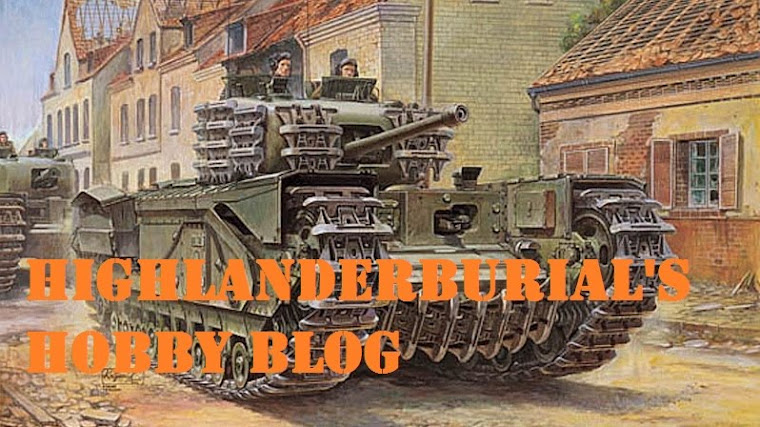Greetings Everyone,
I am posting another youtube video post for this one. This is Model Shipways 1768 Sloop Privateer. It will form the basis for my build of the 1797 US Revenue Cutter General Greene. Stay tuned in for new updates as I post them. Here is the link to Youtube:
Wednesday, January 7, 2015
Thursday, November 20, 2014
U.S. Revenue Cutter Detector Part 1 (USS Ranger) Corel Kit
It has been a long and eventful summer. I have been able to get some spare time to finally build my USS Ranger model. It is a topsail schooner built for Revenue Cutter Service around 1813.
There was no USS Ranger, it is an example of the archetype of a design by Doudy as seen in Chappelle's Book The American Sailing Navy.
The Corel kit is reasonable as to it's line drawings. It has enough planked lumber and wood pieces to get the hull formed, and masts set.
There is a two sizes of line included, but no black line to represent standing rigging. The kit is scaled to 1:50 but I think it is closer to 1:48 based on the drawings in Chapelle's book. Here are some build pics. I have some pics on the planking part of the process, but need to get them from a separate hard drive. The display base was done with tung oil on maple base. The pedestals are brass.
There was no USS Ranger, it is an example of the archetype of a design by Doudy as seen in Chappelle's Book The American Sailing Navy.
The Corel kit is reasonable as to it's line drawings. It has enough planked lumber and wood pieces to get the hull formed, and masts set.
There is a two sizes of line included, but no black line to represent standing rigging. The kit is scaled to 1:50 but I think it is closer to 1:48 based on the drawings in Chapelle's book. Here are some build pics. I have some pics on the planking part of the process, but need to get them from a separate hard drive. The display base was done with tung oil on maple base. The pedestals are brass.
Here is what the kit consists of. It has two plank layers. One balsa, one a fine cut mahogany. The balsa is obviously the base layer.
The plans at this point were pretty self explanatory. Note the deck needed bulkhead guides installed in the form of small pieces of basswood.
Here is the bulkhead arrangement. Again note the underside of the deck with guides glued.
Close up of plans showing the deck lay up.
To turn the Ranger into the Detector, I had to shave off the embossed letters on the stern board.
The drawings are a little hard to understand, and the plan only shows the portside of the vessel as far as belaying pins, cleats etc. The instructions aren't super accurate at letting you know when you have to tie lines on both sides to deck fixtures.
It took a few tries to get the name done well enough with free hand painting.
The 32 pound Cannonade is impressive when fully rigged with tackles.
From pictures and artwork I have seen, the carriages were traditionally painted red, with a heavy anti-fouling paint of the time period. The deck rings were traditionally a brass or heavy bronze strip inlaid into the deck.
The pin rails were made of basswood and had to be hand carved. I found this process tedious, and have done other kits where this was a metal fitting. It took me several tries to keep from splitting the pin rail.
The entire cutter tipped to starboard when I was mounting it due to a mishap with one of the mounting screws. I kind of liked the effect and kept it.
Another challenge is what to do with the clew and sail lines if your'e not going to mount sails. It would have been nice of Corel to show you what to do with the tie of points. I had to do a lot of research to figure this out. It seems obvious on vessels with ratlines and monkey lines, but not so much on vessels without them. Most boats with "ladders" tie off the clew lines to the standing rigging where the crew could easily make them fast when raising or lowering the sails. Not so much on this class of boat.
Sorry I was not able to find any planking pictures! I will take more care next kit. I have several more steps to finish. Thanks for taking a look.
Subscribe to:
Posts (Atom)
